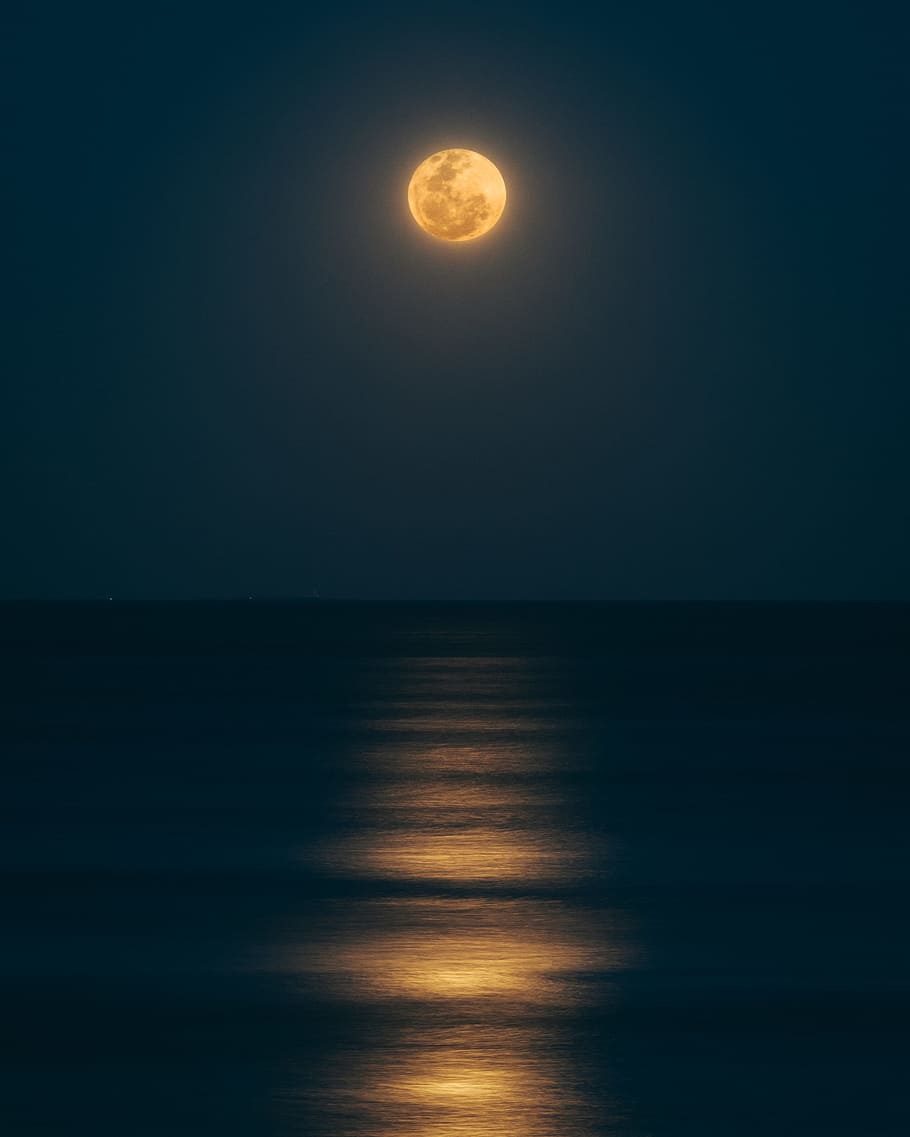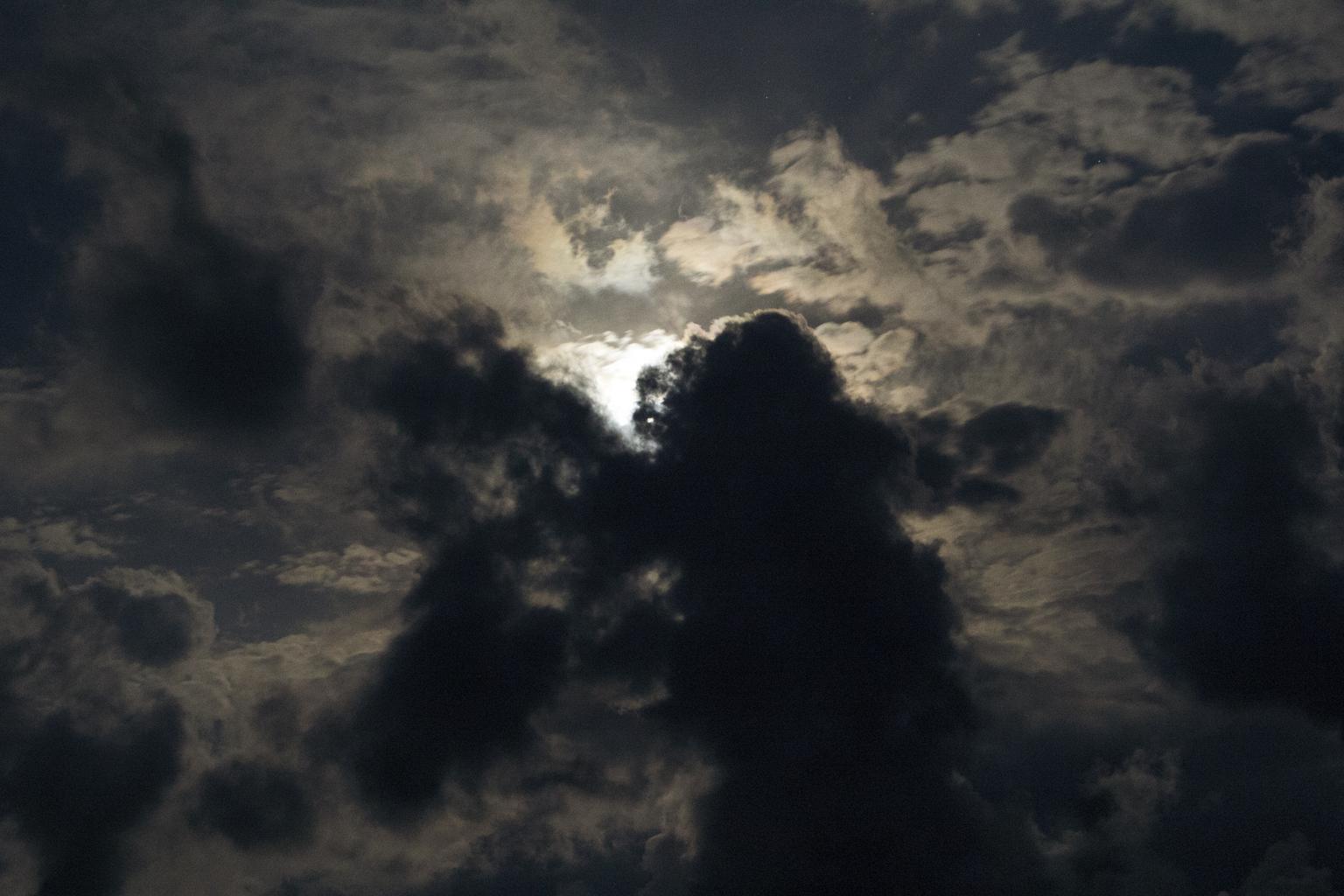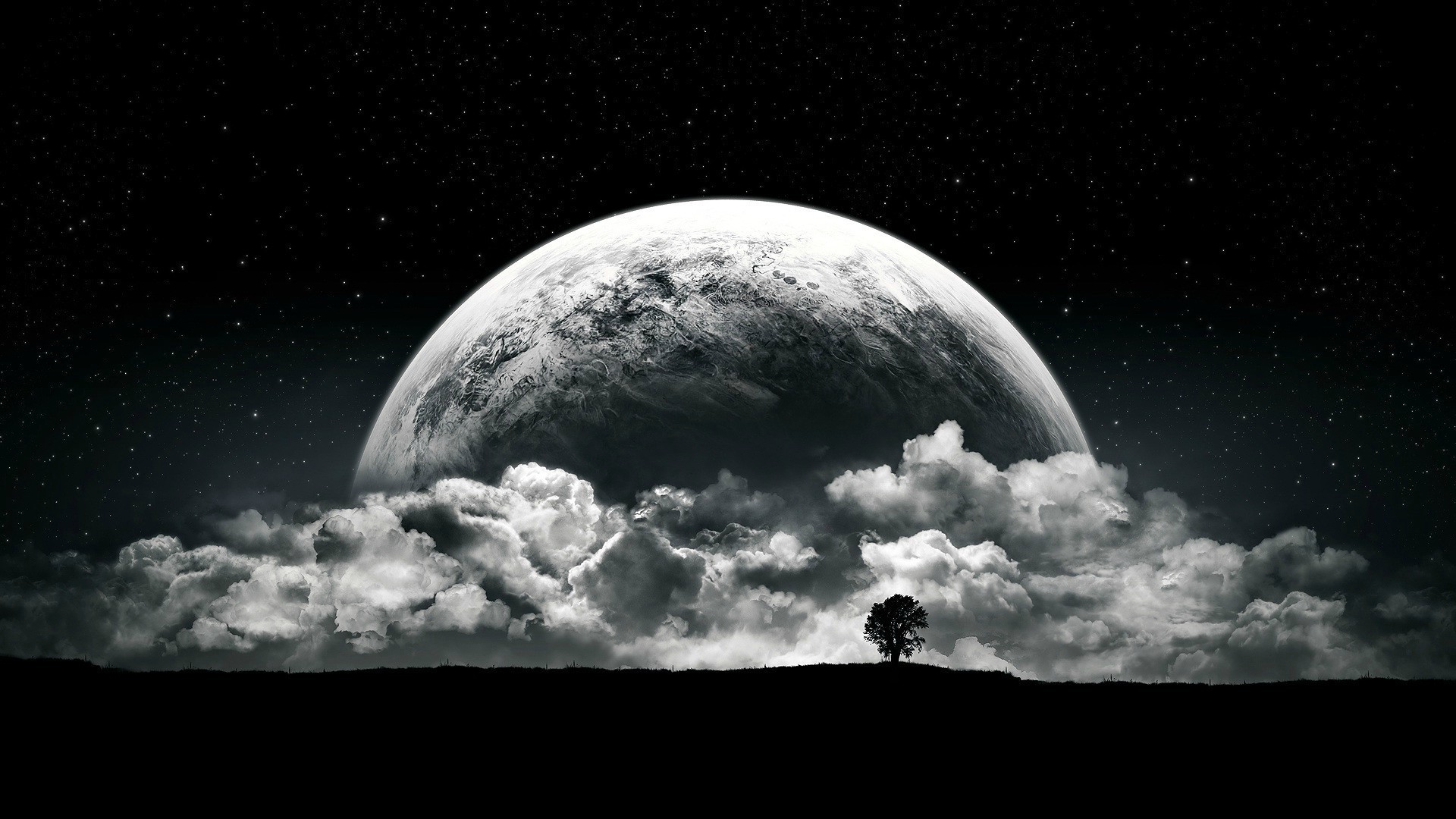
Our Universe couldn't be static, infinite, and filled with stars that shone forever. But if the Universe were truly infinite, the problem of Olbers' Paradox would show up for every dust grain out there: each grain would have to absorb an infinite amount of starlight, until it, too was radiating at the same temperature of all the light it absorbed! In a finite Universe, that dust can compete with starlight, as the visible light that strikes the dust gets absorbed and re-radiated at lower energies. However, even though there are a great many stars behind it, the starlight cannot break through the dust it gets absorbed. give rise to new stars, with the densest regions within forming the most massive stars. Four? B again.ĭark, dusty molecular clouds, like this one found within our Milky Way, will collapse over time and.

Twice as far away, that brightness is also B. The brightness a certain distance away is a particular value: let's call it B. (The formula for a sphere's surface area is 4πr 2.) Multiply the number of stars by the brightness of each star, and you get a constant. The farther away a star is, the fainter it appears: its brightness falls off as the inverse distance squared (~1/r 2).īut the total number of stars you can see at a particular distance is related to the surface area of a sphere, which increases with the distance squared. If the number density of stars is constant throughout space, then the total number of stars you'll find is equal to the stellar density multiplied by the volume of the Universe. Think about it mathematically, if you will. If the Universe were infinite, even a cluster like this wouldn't display 'gaps' between the stars, as a more distant star would eventually fill those gaps in. This is demonstrated here in the open star cluster NGC 3766, in the constellation of Centaurus. tens or even hundreds of times as massive as the Sun. Stars form in a wide variety of sizes, colors and masses, including many bright, blue ones that are.

Regardless of the distance to them - millions, billions, trillions, quadrillions of light-years, etc. - eventually, wherever you looked, you'd run into a star. In the spaces between those stars, you'd see even more stars that were at an increased distance.

You'd see all the stars that were nearby, and then in the spaces between the stars, you'd see the stars farther away. If you had an infinite Universe with a constant density of stars and/or galaxies, then you'd wind up seeing an infinite amount of light from every direction you'd look in. Even though we knew practically nothing about the large-scale structure of the Universe until the latter half of the 20th century, we still knew that an infinitely large observable Universe was simply an impossibility.īack in the 1800s, Heinrich Olbers took note of a mathematical paradox. What we do know, however, is that the part of the Universe that's observable to us must be finite. The jury, scientifically, is still out as to whether the Universe is finite or infinite we simply don't know. If this were the case, darkness would be impossible. But if this were the case, you'd fully expect that eventually, your line-of-sight would intersect a luminous object. It may be possible that the Universe is truly infinite, with an infinite number of stars and.


 0 kommentar(er)
0 kommentar(er)
